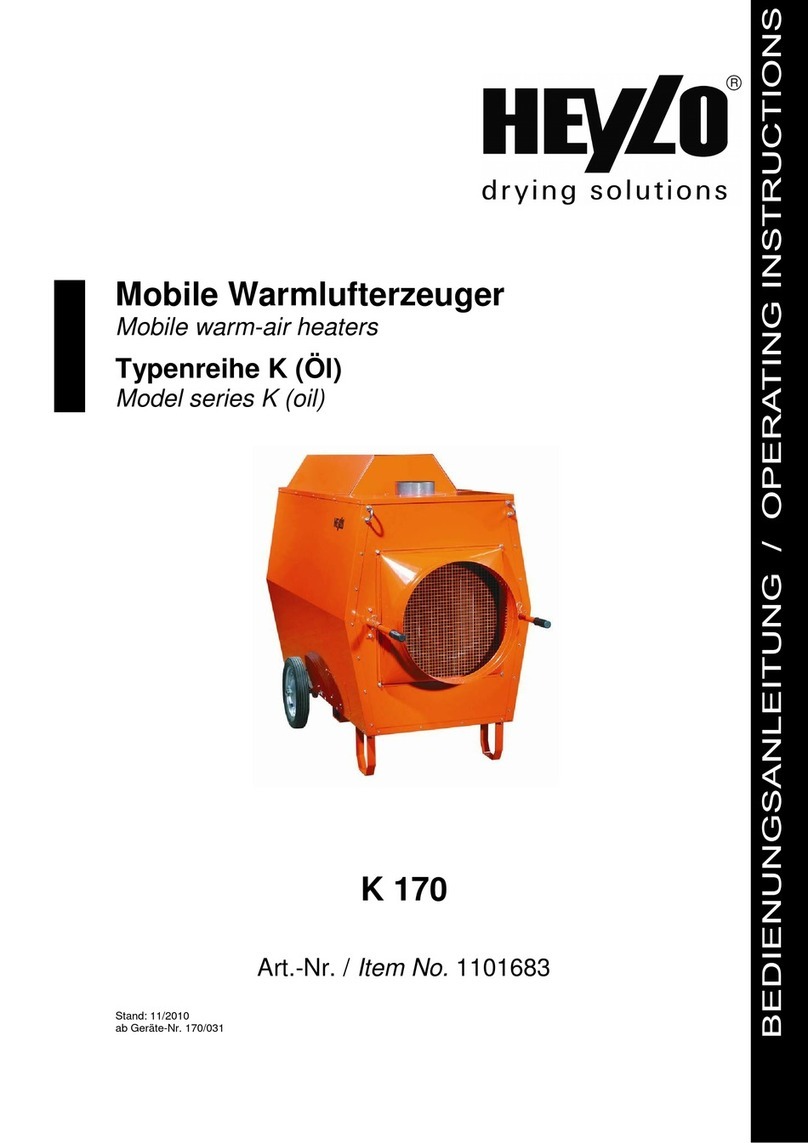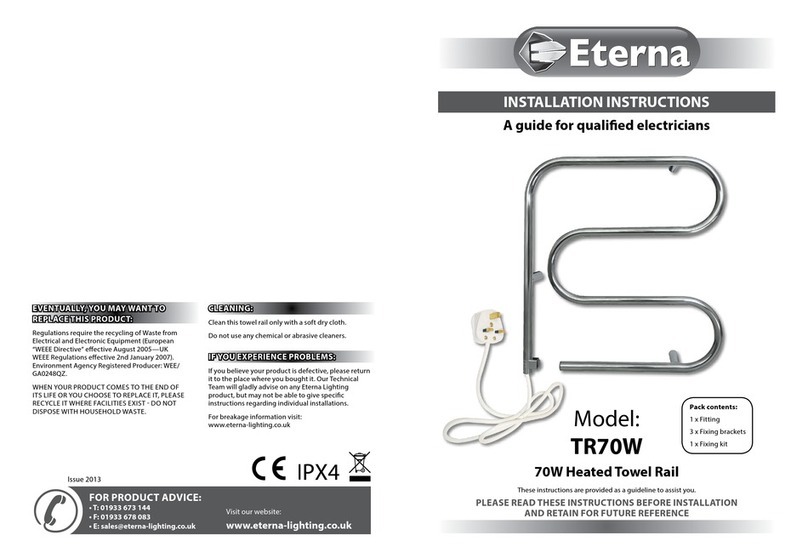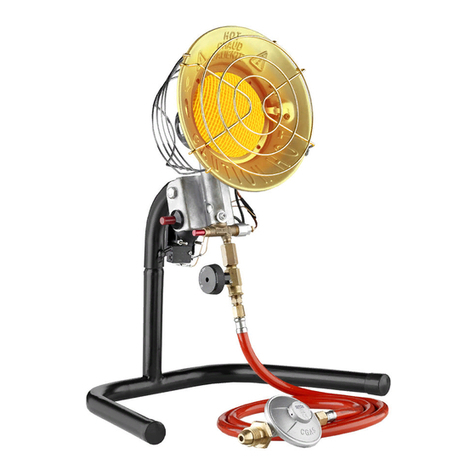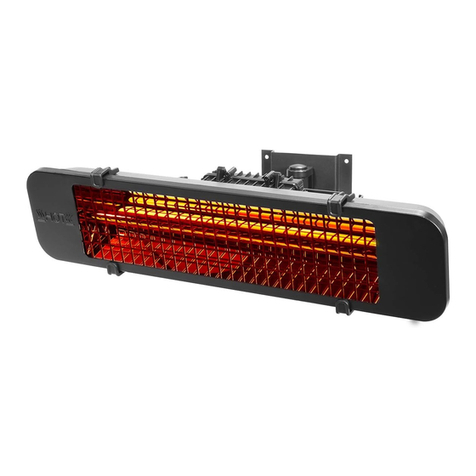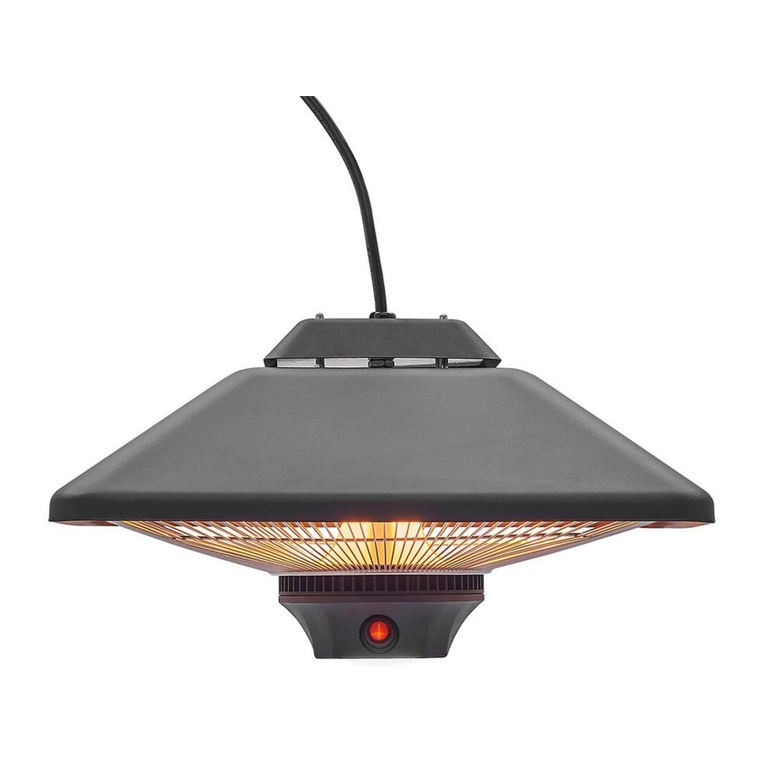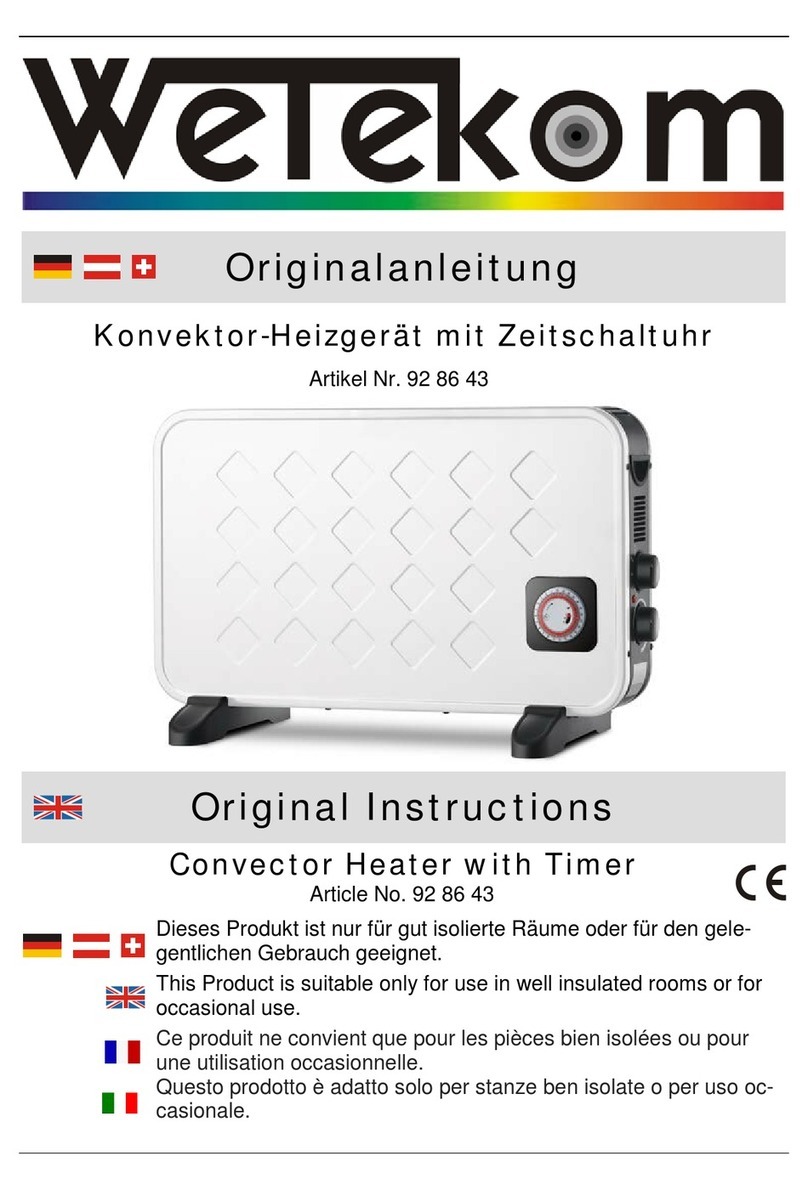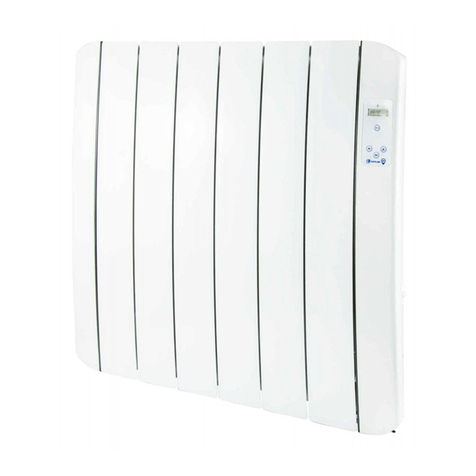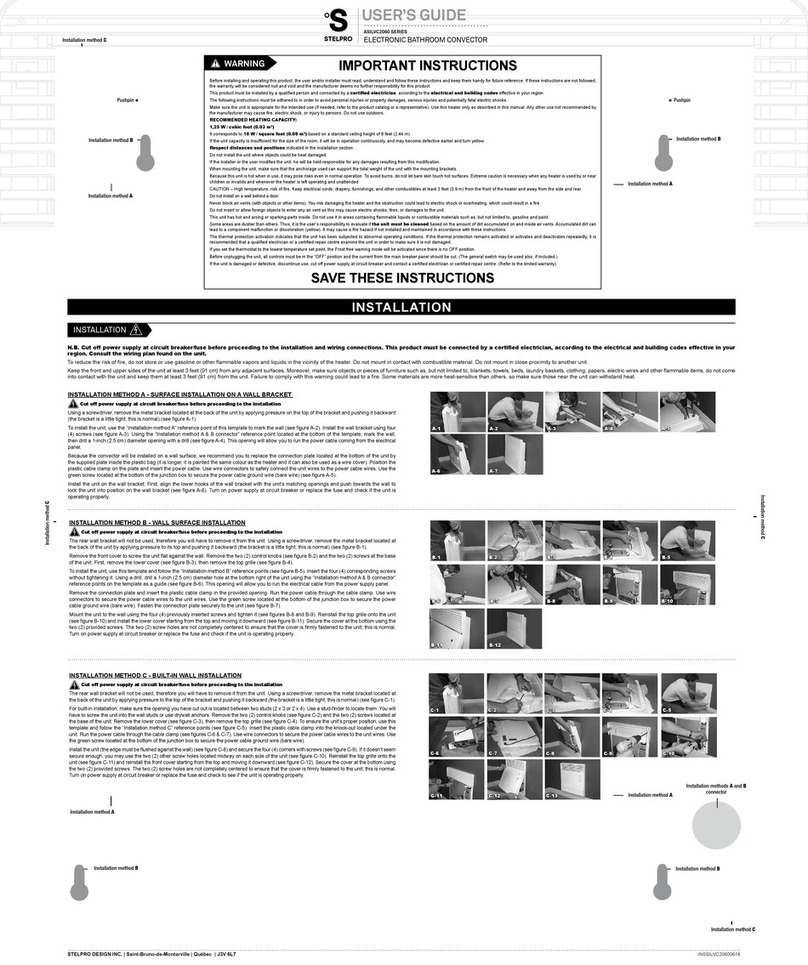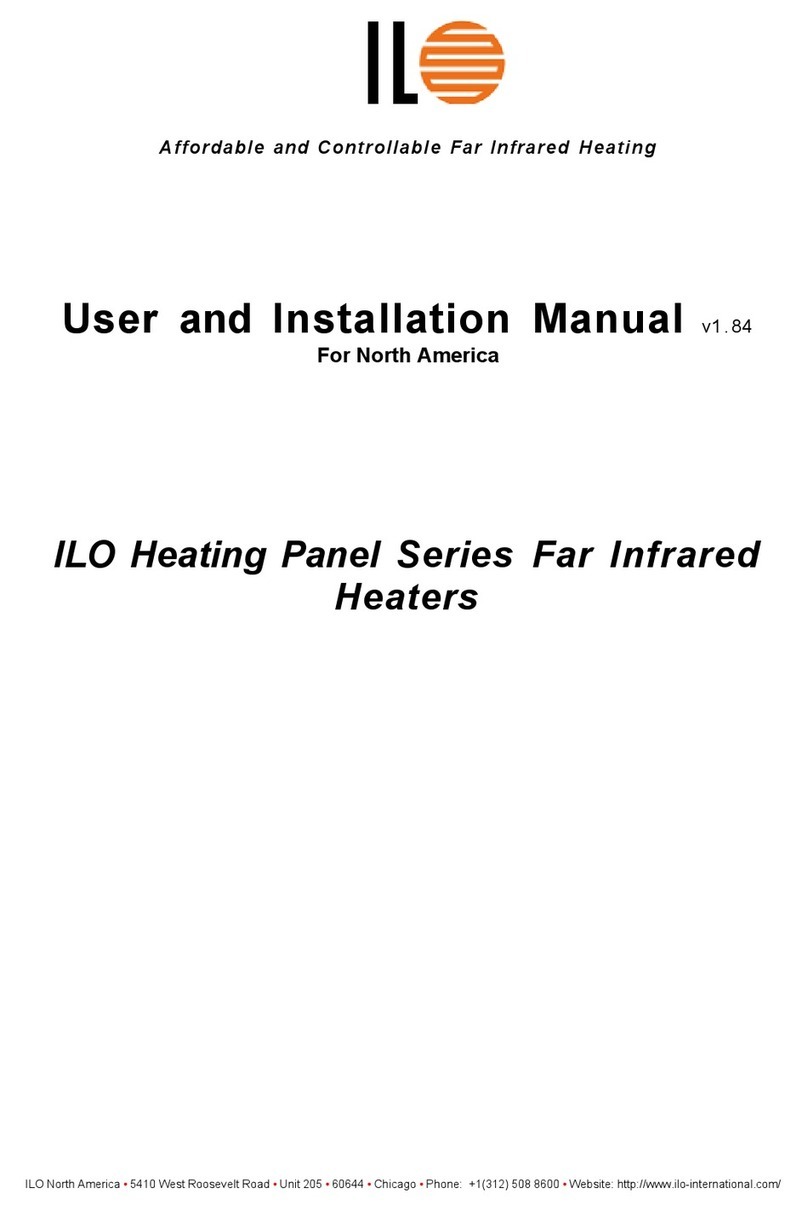
SAFETY INFORMATION
Read all safety warnings and instrucons. Failure to follow the warnings and instrucons may result in
injury and/or property damage. Save all warnings and instrucons for future reference.
The warning and safety instrucons in this manual are not meant to cover all possible condions and
situaons that may occur. Common sense, cauon and care must be exercised when operang or
cleaning tools and equipment. Always contact your dealer, distributor, service agent or manufacturer
about problems or condions you do not understand before operang the product.
1
WARNING: This heater is not equipped with a device to control the room temperature. Do not use this
heater in small rooms when they are occupied by persons not capable of leaving the room on their
own, unless constant supervision is provided.
Failure to comply with the precauons and the instrucons provided with this heat lamp can result in
death, serious injury and property damage or loss from hazards of re, explosion and burns.
During operaon, this product can be a source of ignion. Keep the heater area clear and free from
combusble materials, gasoline, solvents, paint thinner, cleaning solvents and other ammable vapors
and liquids.
Minimum heater clearances from combusbles is three feet from the sides and two feet from the top
of the heater.
NEVER operate this device with the protected heang element opening blocked. Keep this opening
free of lint, hair, etc. Never operate on or near a so surface such as a pillow, blanket, or bed where
this air opening may be blocked.
NEVER store propane near high heat, open ames, pilot lights, direct sunlight, other ignion sources
or where temperatures exceed 120 degrees F.
Propane vapors are heavier than air and can accumulate in low places. If you smell gas, leave the area
immediately.
NEVER install or remove propane cylinder while the heater is lit, near ame, pilot lights, other ignion
sources or while the heater is hot to the touch.
Store the propane cylinder outdoors in a well venlated space out of reach of children. NEVER store
the propane cylinder in an enclosed area. If storing indoors, disconnect the cylinder.
This heater is not intended for use in bathrooms, laundry areas and similar indoor locaons. NEVER
locate heater where it may fall into a bathtub or other water container. To protect against electrical
hazards, DO NOT immerse in water or other liquids.
Check with your local re safety authority if you have quesons about heater use. Other standards
govern the use of fuel gases and heat producing products for specic uses. If no local codes exist,
follow the Naonal Fuel Gas Code, ANSI Z223.1.








